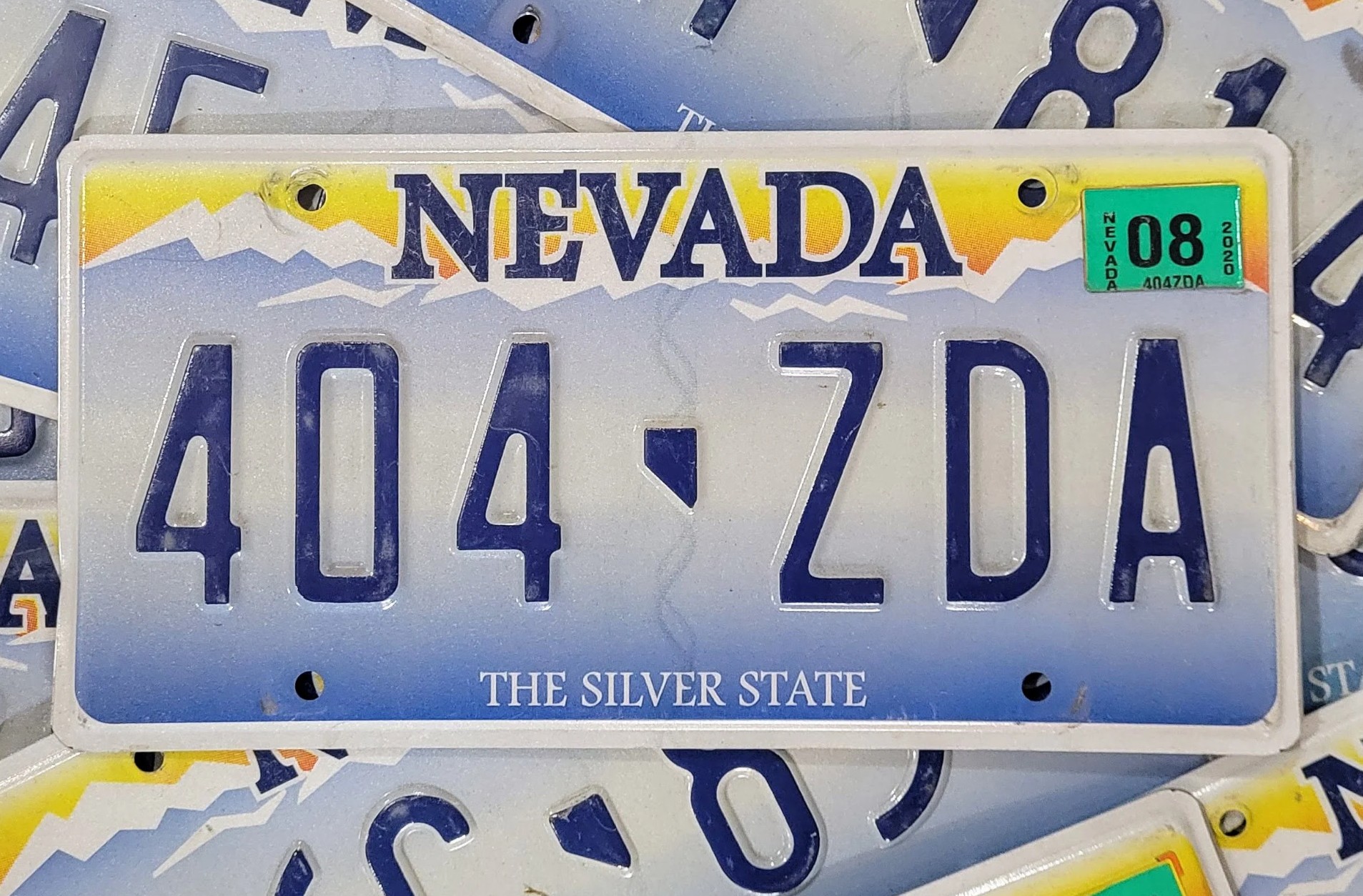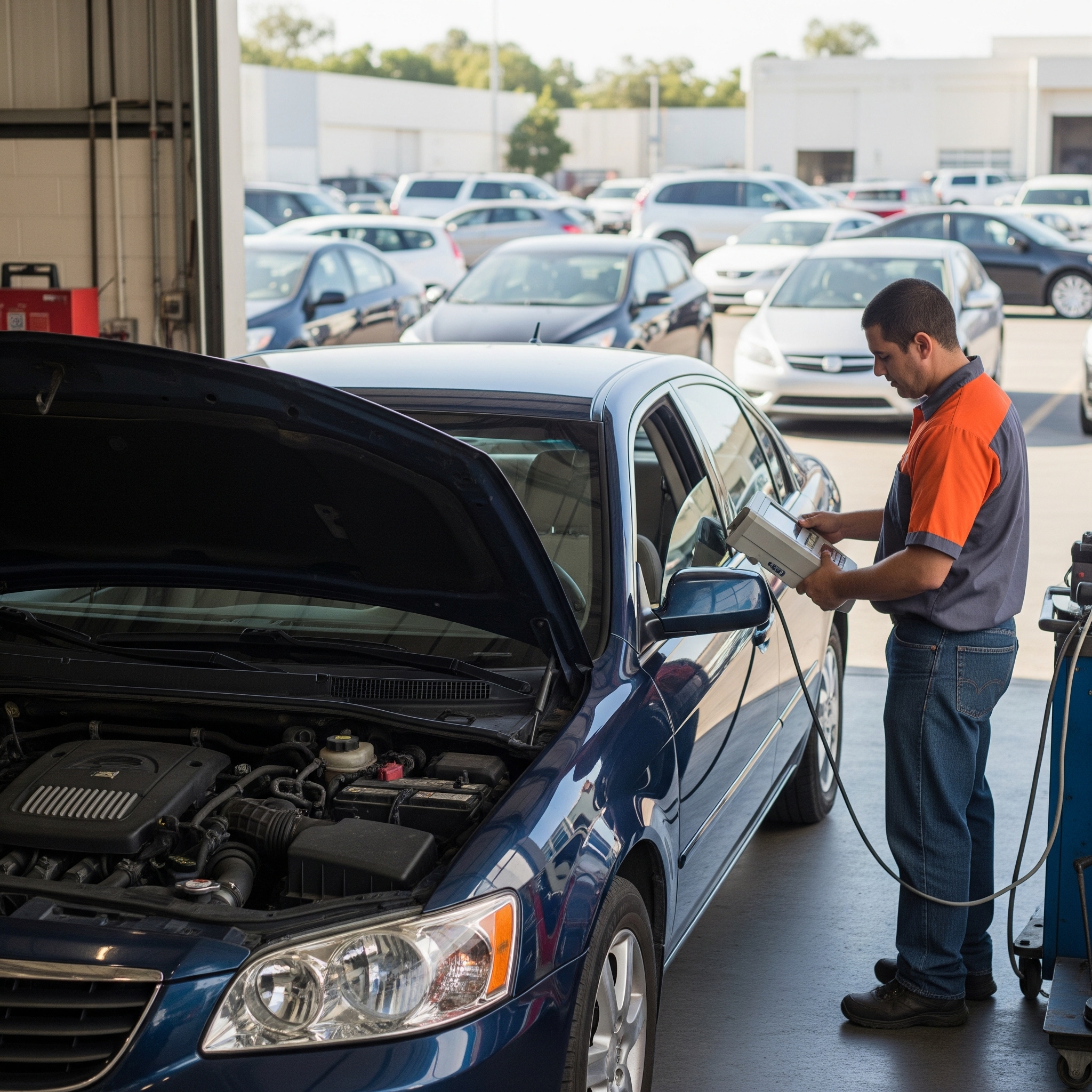Nevada's Emission Control Program: Your Guide to a Clean Ride
Date Published

The Nevada Emission Control Program requires an emissions test for most vehicles registered in urban areas of Clark and Washoe counties. This test is required annually for registration renewal and when a vehicle is sold or brought into the state. Exemptions apply to new vehicles, older vehicles, and those in rural areas. The test involves either an OBD-II check for newer vehicles or a tailpipe test for older models.
Do You Need a Smog Check in Nevada?
The requirement for an emissions test in Nevada is tied to your vehicle and your location. A test is required for your annual registration renewal if both of the following apply to you:
You live in an urban area of Clark County (Las Vegas) or Washoe County (Reno/Sparks). Vehicles based in other, more remote counties of Nevada are exempt from emissions testing.
Your vehicle is a 1968 model year or newer.
In addition to annual renewals, a smog check is required for:
Initial Registration: If you are a new resident or have recently purchased a used vehicle, you will need to get a smog check to complete your registration.
Change of Ownership: When a vehicle is bought or sold, it must have a valid emissions test conducted within the last 90 days. For a dealer sale, the test is valid for 180 days.
The Smog Check Process: What to Expect
Nevada's emissions test process is designed to be quick and straightforward. Unlike some states, Nevada's tests do not require a visual inspection for the functionality of all emissions devices; they only need to "appear functional."
For 1996 and Newer Vehicles: The test is primarily an On-Board Diagnostics (OBD-II) test. A technician will connect a scanner to your vehicle's computer to check for any stored trouble codes and to ensure all emissions monitors are "ready."
For 1995 and Older Vehicles: These vehicles undergo a Two-Speed Idle Test. A probe is inserted into the tailpipe to measure pollutants while the engine is idling and again at 2,500 RPMs.
The test results are electronically sent to the Nevada DMV. If your vehicle passes, you will receive a Vehicle Inspection Report for your records.
Key Exemptions to the Rule
Several vehicles are exempt from the Nevada Emission Control Program. It's important to check if your vehicle falls into one of these categories before heading to a test station.
Newer Vehicles:
New gasoline vehicles are exempt until their fourth registration cycle.
New hybrid vehicles are exempt for the first five model years.
Older Vehicles: Vehicles from 1967 or older are exempt.
Alternative Fuel Vehicles: Vehicles that run exclusively on propane, compressed natural gas (CNG), or are purely electric are exempt.
Heavy-Duty Vehicles: Diesel vehicles with a manufacturer's gross vehicle weight rating (GVWR) of over 14,000 lbs are exempt.
Classic Vehicles: Vehicles registered as a "Classic Rod," "Classic Vehicle," or "Old Timer" that are driven 5,000 miles or less per year are exempt.
Motorcycles and Mopeds: These vehicles do not require emissions testing.
Remote Locations: Vehicles based in counties outside of Clark and Washoe are exempt.
What Happens If You Fail?
If your vehicle fails the emissions test, you must get the necessary repairs to bring it into compliance.
Repair and Retest: After repairs, you must get a second test.
Waivers: If your vehicle still fails after repairs, you may be eligible for a waiver. However, a waiver will not be issued if your vehicle is still under warranty, if it's emitting visible smoke, or if there is evidence of tampering with emissions devices. In Clark County, repairs must be performed at a 2G-licensed shop to qualify for a waiver, with a minimum cost of $450 spent on parts and labor. In Washoe County, a minimum of $200 in repairs is required.
Tips for Passing Your Nevada Emissions Test
A little preparation can go a long way to ensure you pass the first time.
Warm Up Your Engine: Drive your vehicle for at least 15-20 minutes before the test to ensure the engine and catalytic converter are at their optimal operating temperature.
Fix Your "Check Engine" Light: A lit "Check Engine" light is an automatic failure. Get it diagnosed and repaired before your test.
Drive After Repairs: If you have recently disconnected your battery or cleared trouble codes, drive your car for at least one week under varying conditions to allow the OBD system to reset its monitors.
Perform Regular Maintenance: Routine maintenance like an oil change or a new air filter can help your vehicle run cleaner.
By understanding the rules and preparing your vehicle, you can ensure a smooth and affordable emissions test, helping to keep Nevada's air clean for everyone.

Discover what a smog check is, why it's required, and how to get through the process with ease. Plus, find out how SmogCheck.com helps you.

Discover the history of California's smog check program, from its origins in L.A.'s smog crisis to its evolution into a modern emissions testing.